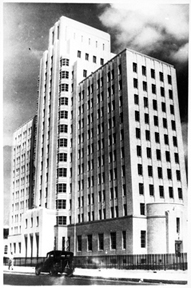Architecture
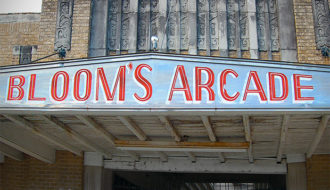
Bloom's Arcade
Bloom's Arcade, one of Louisiana's first shopping centers, was built in Tallulah in 1930 and served as a centerpiece of the Madison Parish town’s business district for half a century.

Bloom's Arcade, one of Louisiana's first shopping centers, was built in Tallulah in 1930 and served as a centerpiece of the Madison Parish town’s business district for half a century.
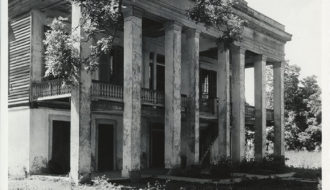
Although Bocage's early history is hazy, local tradition has maintained that the house was built in 1801 by Emanuel Marius Pons Bringier as a wedding gift for his fourteen-year-old daughter, Françoise.
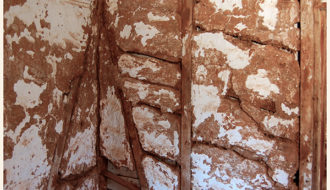
Bousillage, a mixture of clay and straw or Spanish moss used for insulation, is a distinguishing feature of Louisiana's architectural past.
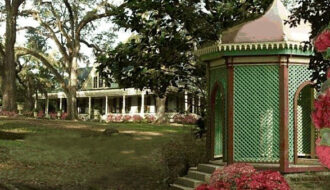
The Butler Greenwood plantation house is built in the Gothic Revival style, popular in the St. Francisville area.
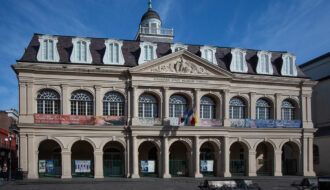
The Cabildo, one of three eighteenth-century structures that anchor New Orleans's Jackson Square, stands as a visual monument to Spanish rule in Louisiana.
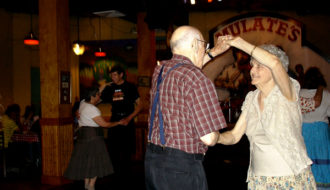
Cajun dance halls–salles de danse– are live music venues where dancing, courtship, and community building transpire.
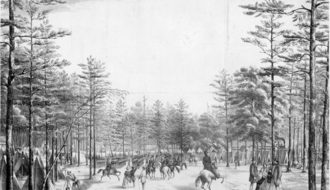
Camp Moore in Louisiana served as the training location for more than 20,000 Confederate soldiers during the Civil War.
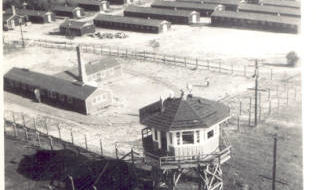
Camp Ruston was one of five large internment facilities established in Louisiana to house captured Axis soldiers transported to the United States during World War II.
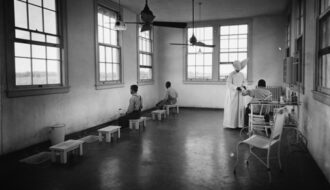
Several buildings at the National Leprosarium at Carville, Louisiana, were built by the Works Progress Administration.
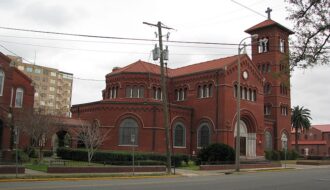
The Cathedral of the Immaculate Conception serves as the seat of the Diocese of Lake Charles, Louisiana.
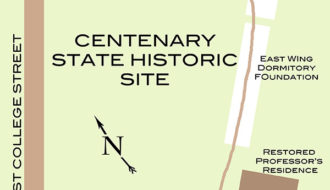
The Centenary State Historic Site was added to the National Register of Historic Places in 1979.
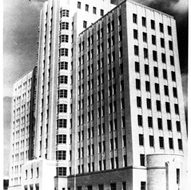
Charity Hospital is a twenty-story Art Deco skyscraper in New Orleans that was built by the Public Works Administration (PWA) between 1936 and 1940.
One-Year Subscription (4 issues) : $25.00
Two-Year Subscription (8 issues) : $40.00
